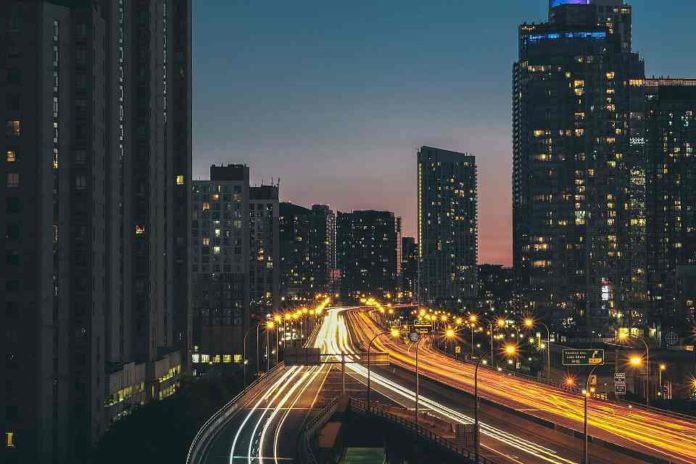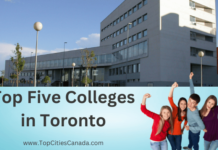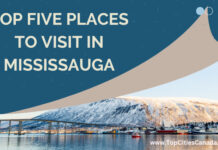Top 10 Canadian Cities To Find a Job After Graduation: Finding a job is a significant problem when an individual completes their graduation. You’ll have to wrestle for a while unless you have a super connection with your friends or family. Are you tired of hearing all the questions regarding you at any of the family gatherings, like “So what are you going to do now?” This one question makes you frustrated everywhere, so to overcome this problem, you can go through it.
The below top 10 Canadian cities to find a job after graduation:
1. Guelph, Ontario: Guelph is a beautiful city in the southwestern region of Ontario, Canada. Guelph is known as “The Royal City” and is roughly 28 kilometers east of Kitchener and 100 kilometers west of Downtown Toronto, at the intersection of Wellington County Road 124 and Highway 6, Highway 7. This place is the seat of Wellington County.
– Unemployment rate: 4.2 % (down 0.9 % year-over-year)
– Employment rate: 72%
– Annual employment growth: 9.1 %
– Annual population growth: 1.2 %
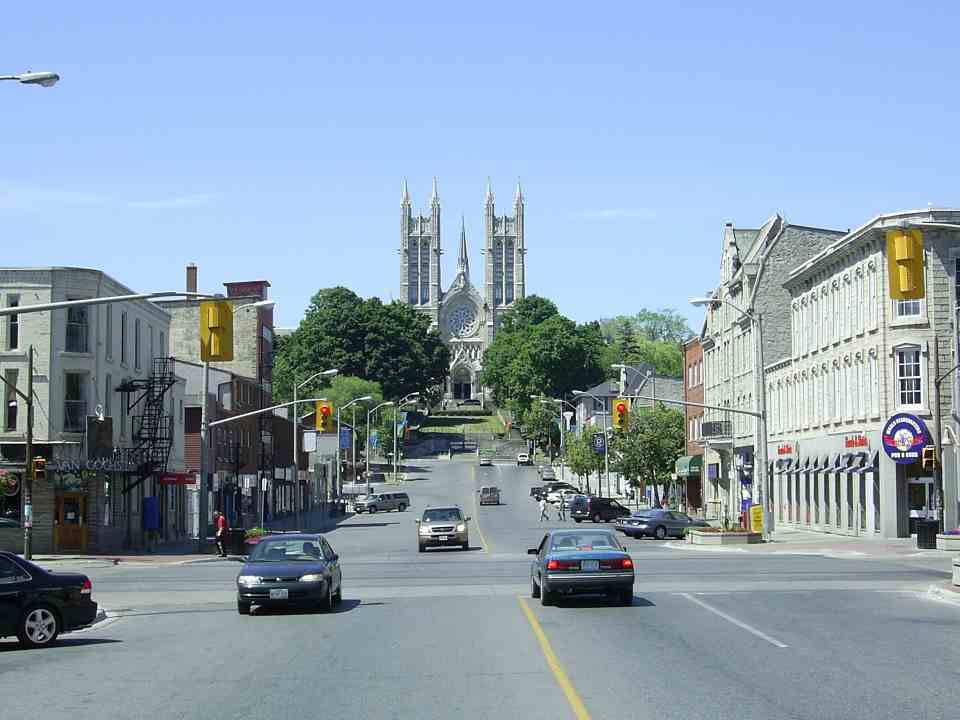
2. Regina, Saskatchewan: Regina is the capital of Saskatchewan. It is the second-largest city in the province after Saskatoon and a commercial and cultural center for the southern region. Regina is governed by The Regina City Council and surrounded by the Rural Municipality of Sherwood # 159.
– Unemployment rate: 4.5 % (up 0.5 % in a year)
– Employment rate: 69.8 %
– Annual employment growth: 1.1 %
– Annual population growth: 2 %
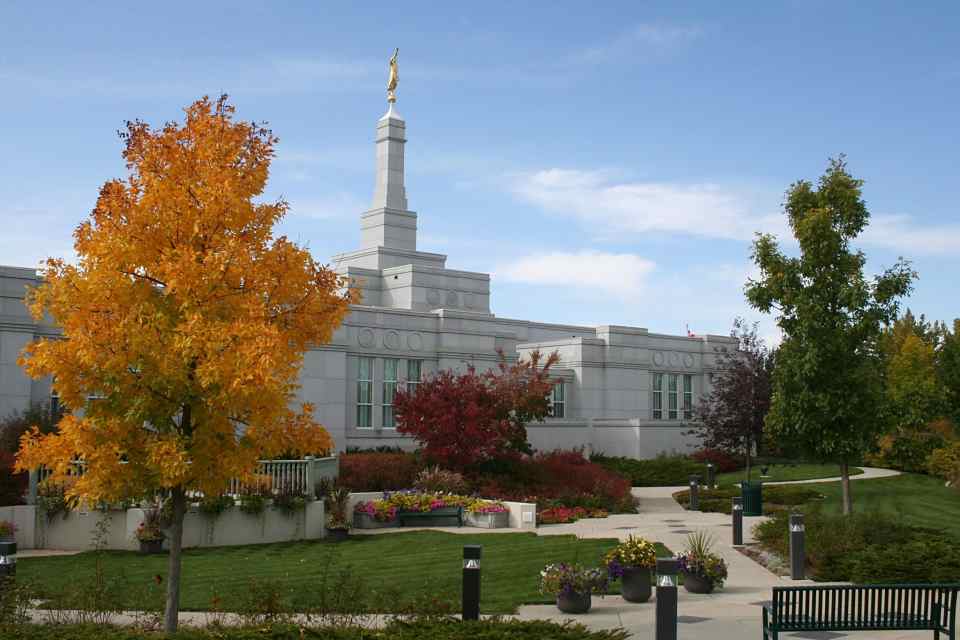
3. Quebec City, Quebec: Quebec City is the capital of Quebec. As per the Canadian Census 2016, the population of Quebec City was 531,902, and the metropolitan area had a population of around 800,296 people, which makes this city the second-largest city in Quebec after Montreal. Quebec City is located 258 kilometers northeast of Montreal.
– Unemployment rate: 4.9 % (down 0.5 % in a year)
– Employment rate: 66.3 %
– Annual employment growth: 4.7 %
– Annual population growth: 0.7 %
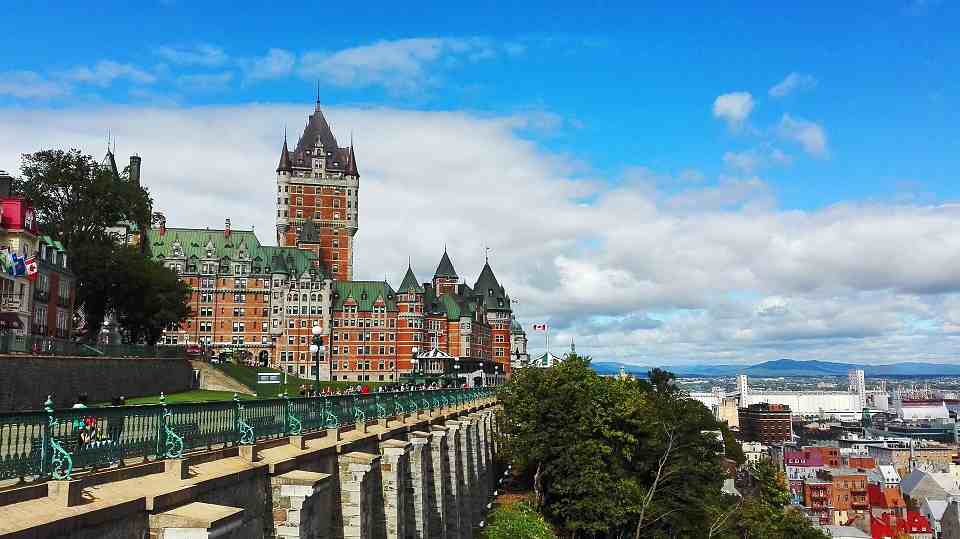
4. Moncton, New Brunswick: Moncton is one of the largest and most beautiful cities in the Canadian province of New Brunswick, Canada. Moncton is located at the geographic center of the Maritime Provinces of Canada. This city has earned the nick name “The Hub City” due to its location in New Brunswick and its history as a land transportation and railway hub for the Maritimes.- Unemployment rate: 6.2 % (down 0.6 % year-over-year)
– Employment rate: 63.9 %
– Annual employment growth: 6.3 %
– Annual population growth: 1.3 %
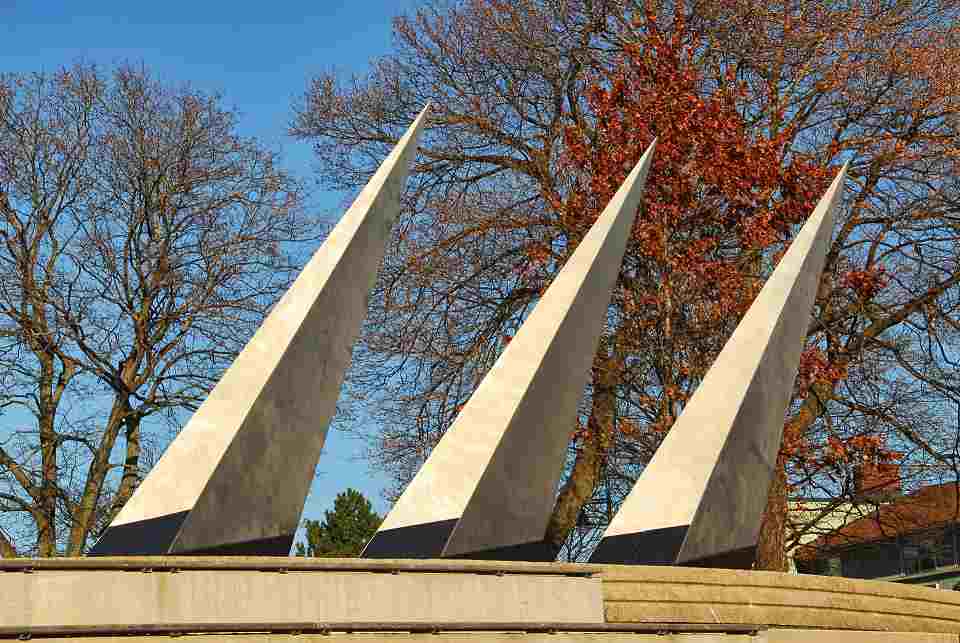
5. Vancouver, British Columbia: Coming in 3rd position, Vancouver has a 2,264,823 population count and its surrounding areas. This Vancouver city is situated in the province of British Columbia on the western coast of Canada. Vancouver is one of the most diverse cities in Canada, 52% population of this city speak the language other than English as its mother tongue. The largest port in Canada is hosted by this city and is the largest industrial location. Economic activities in Vancouver include tourism and lumber.
– Unemployment rate: 5.7 % (down 0.3 % in a year)
– Employment rate: 62.3 %
– Annual employment growth: 4.2 %
– Annual population growth: 1.9 %
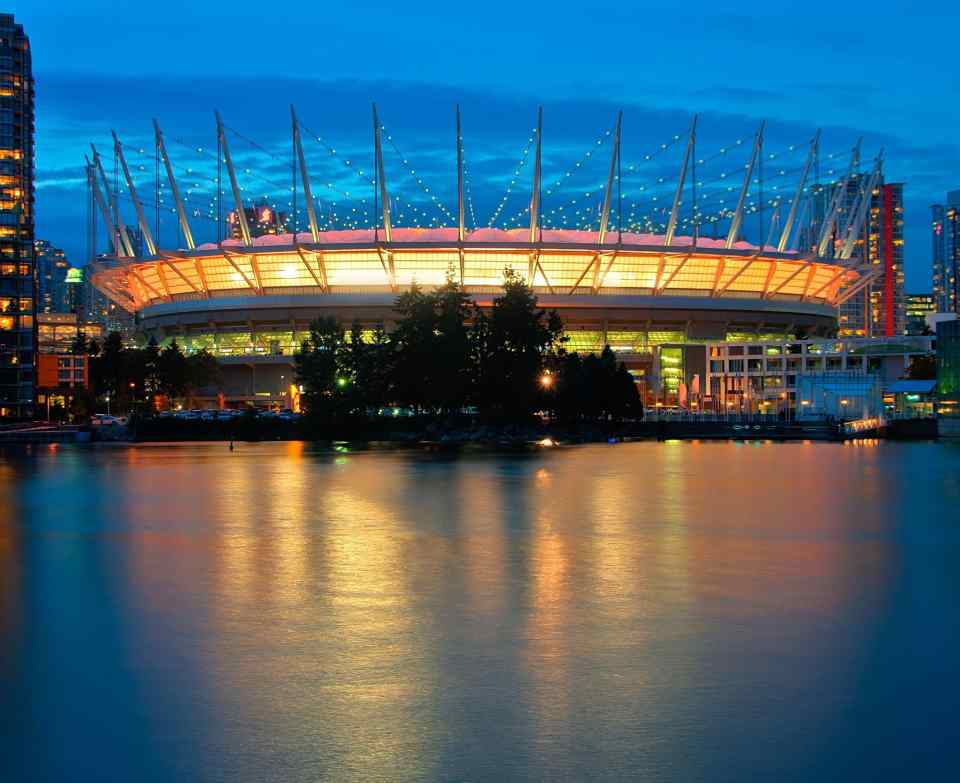
6. Edmonton, Alberta: Edmonton is best known for its largest malls, i.e., the West Edmonton Mall, in Canada and America. Edmonton is the largest city in Canada and is in fifth place. This city is called a Gateway to the North because Edmonton serves as the entrance to northern Alberta’s diamond mining and oil.
– Unemployment rate: 6.2% (up 1.4 % year-over-year)
– Employment rate: 69.8 %
– Annual employment growth: 3.7 %
– Annual population growth: 2.3 %
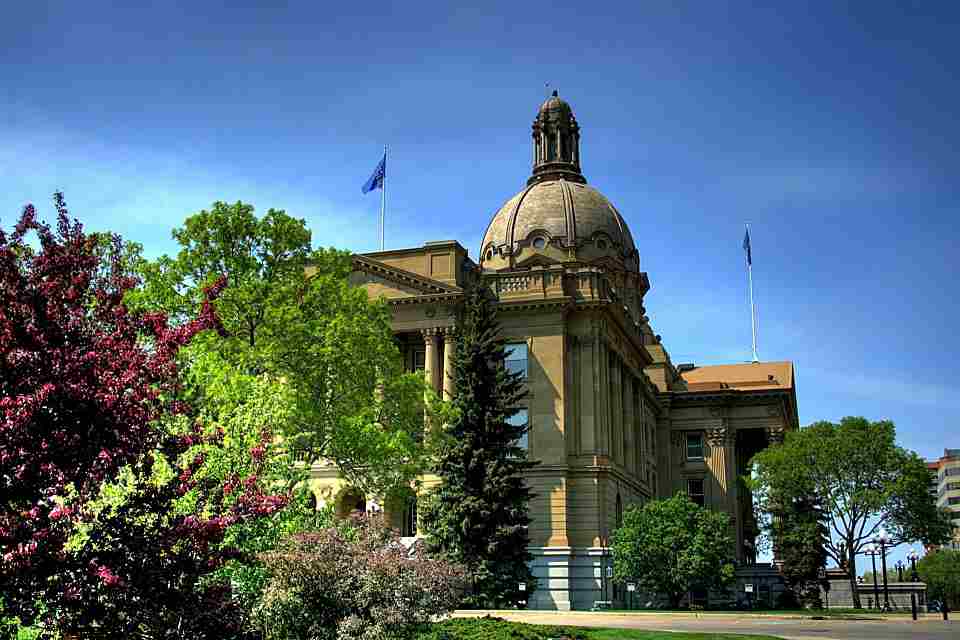
7. Toronto, Ontario: Toronto is one of the most populated cities in Canada and is home to 5,429,524 people. Toronto is located in the east-central region of Canada and is the capital of Ontario, Canada. Half of the population in Toronto is foreign-born. Toronto, Ontario, is the second largest city of foreign-born residents worldwide. Toronto is the most diverse and costliest city in Canada.
– Unemployment rate: 7 % (down 1% in a year)
– Employment rate: 62.6 %
– Annual employment growth: 4.7 %
– Annual population growth: 1.7 %
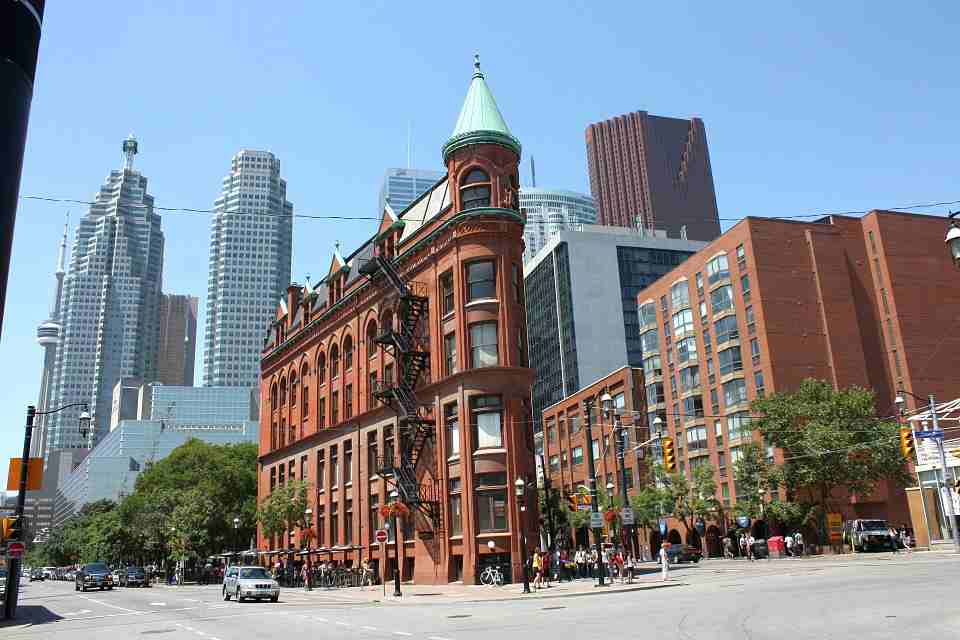
8. Kingston, Ontario: Kingston is a beautiful Canadian city located in the Eastern region of Ontario, where the Saint Lawrence River flows out of Lake Ontario. Situated midway between Montreal and Toronto, Kingston was named the first capital of Ontario on 15 February 1841 by Lord Sydenham, a Governor.
– Unemployment rate: 6.5 % (down 0.2 % year-over-year)
– Employment rate: 61 %
– Annual employment growth: 6.5 %
– Annual population growth: 0.8 %
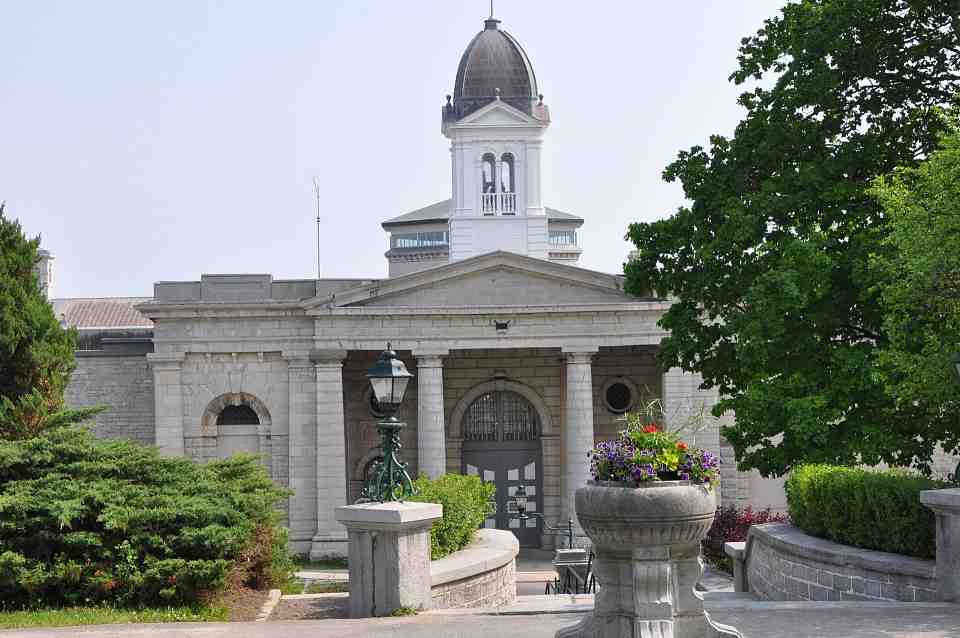
9. London, Ontario: London is a beautiful city along the Windsor Corridor and Quebec City in the Southwestern region of Ontario, Canada. As of the 2016 census, the population of this city is 383,822. London is located at the confluence of the Thames River, which is 200 km from Detroit, Michigan, and Toronto, Ontario, and 230 km from Buffalo, New York.- Unemployment rate: 6.2 % (down 1.1 % in a year)
– Employment rate: 60.3 %
– Annual employment growth: 3.8 %
– Annual population growth: 0.9 %
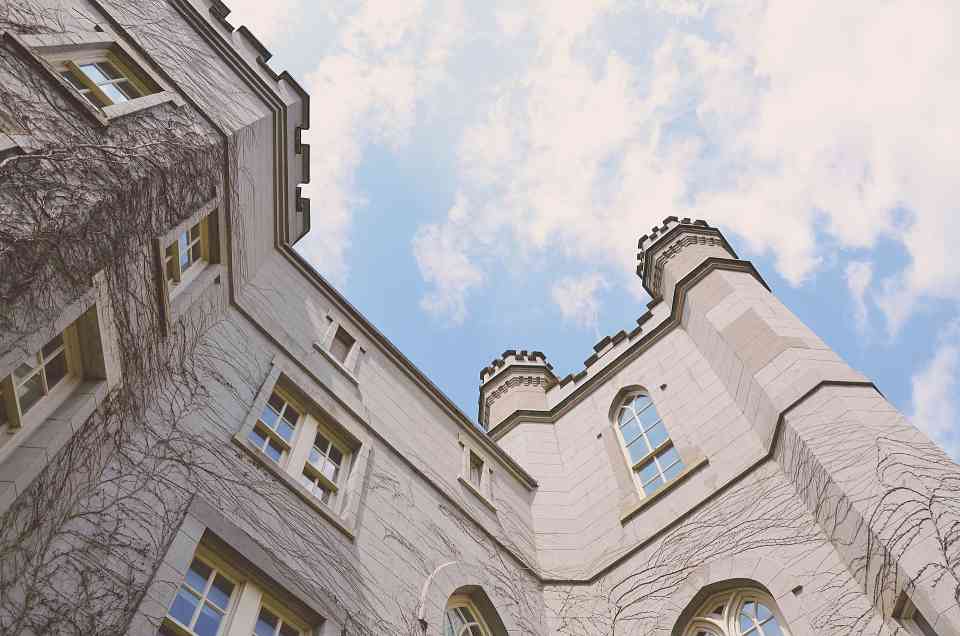
10. Winnipeg, Manitoba: Winnipeg is the largest and capital city of Manitoba and has a huge diversified economy that includes retail and tourism, food and beverage production, transportation, manufacturing, and finance. The population of Winnipeg, Manitoba, is around 641,483 people, and as per the Conference Board of Canada, it had the third fastest-growing economy among the major cities of Canada in the year 2009.
– Unemployment rate: 6.1 % (up 0.4 % in a year)
– Employment rate: 60.3 %
– Annual employment growth: 2.4 %
– Annual population growth: 1.5 %

